Indigenous tribes around the world hold a wealth of cultural practices that have endured for generations. Many of these traditions are at risk due to modernization, environmental changes, and external pressures. However, tribes continue to preserve these practices, ensuring that their heritage remains alive. This article explores a selection of endangered cultural practices that have been safeguarded by Indigenous communities, offering a glimpse into their rich history and profound connection to the natural world.
Potlatch Ceremonies (First Nations of the Pacific Northwest)
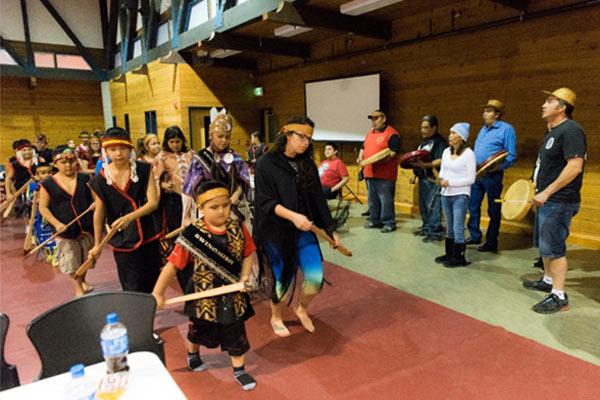
Potlatch ceremonies are central to the social structure of the First Nations. These gatherings mark important life events such as marriages and births. Gifts are exchanged to reinforce relationships within the community. Wealth and status are demonstrated through generosity rather than accumulation. These ceremonies were once banned, but communities have revived them, preserving their cultural significance.
Inuit Throat Singing (Inuit, Arctic regions)
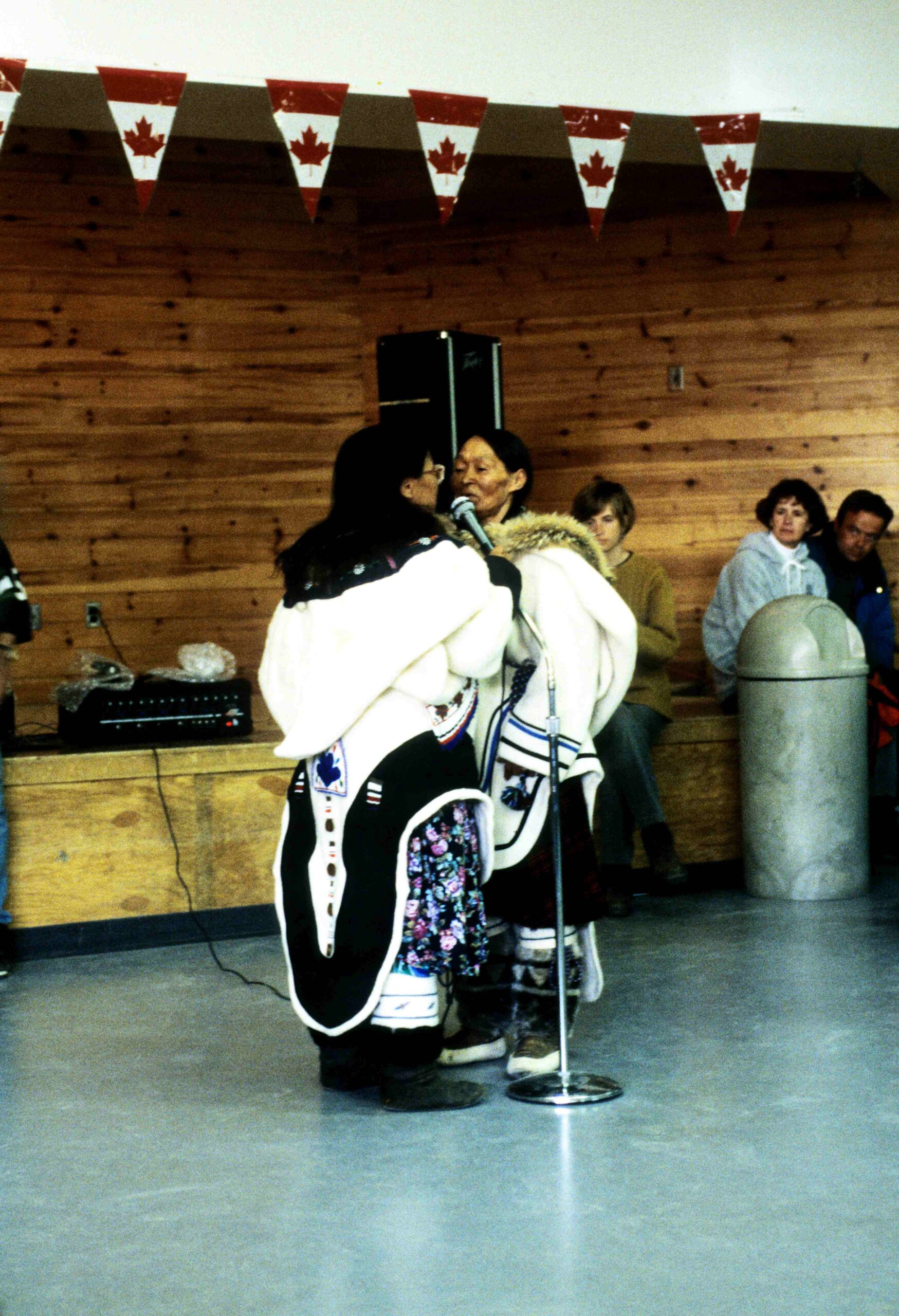
Inuit throat singing is a unique vocal tradition passed down by the Inuit people. It involves two singers creating deep, rhythmic sounds in a playful, competitive format. This musical form was traditionally performed by women to pass time while the men were away. The sounds mimic nature, such as the wind or animals, reflecting the close bond Inuit people share with their environment. Today, younger generations are learning it to keep the tradition alive.
Sand Painting (Navajo, USA)
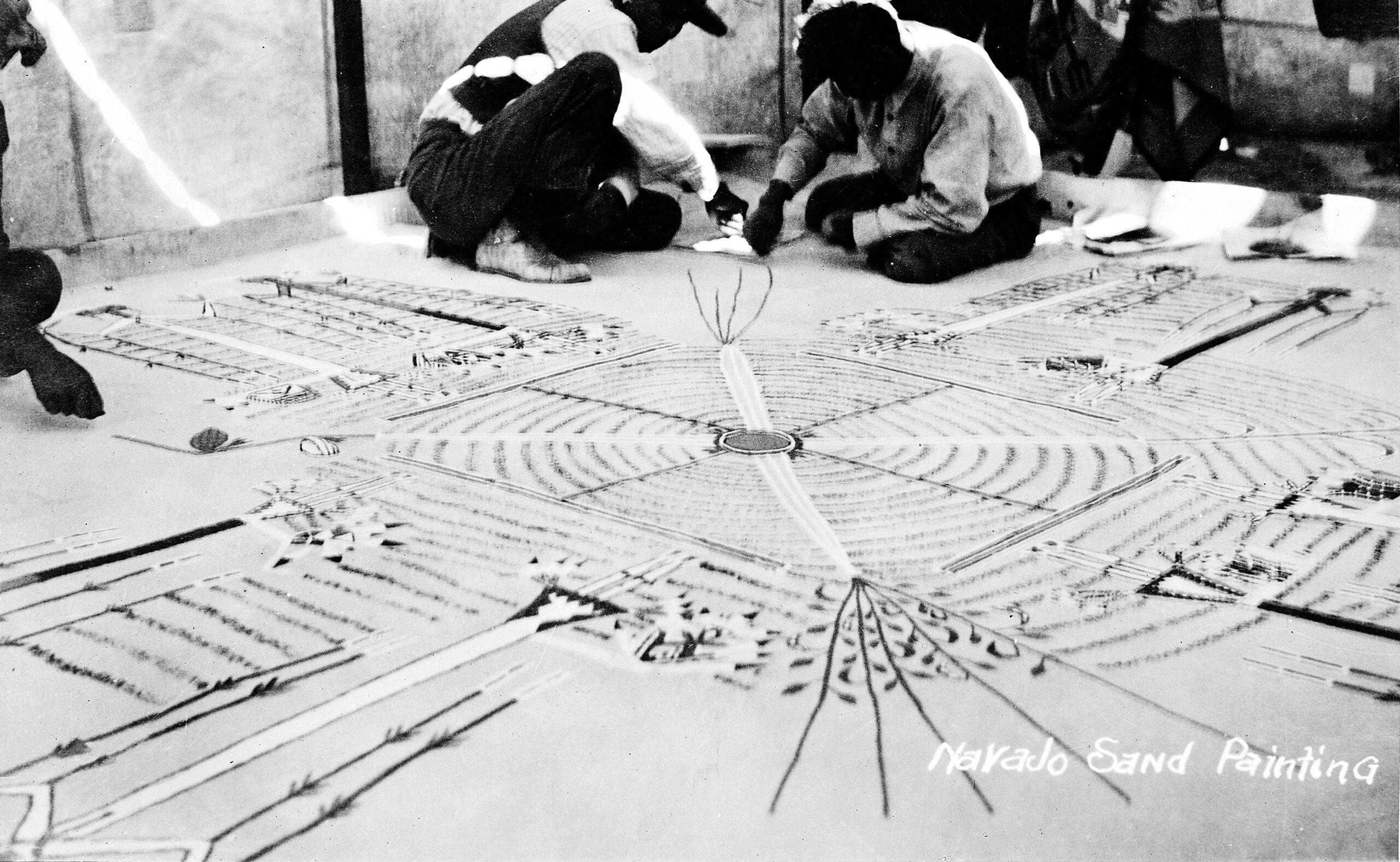
Navajo sand painting is a spiritual practice used in healing ceremonies. Each painting is carefully crafted with colored sand, symbolizing the Navajo worldview. The images are temporary and must be destroyed after use, embodying the cycle of life and death. Sand paintings represent the interconnectedness of the physical and spiritual realms. This practice has faced challenges from outside influences but remains a vital part of Navajo tradition.
Kapa Cloth Making (Hawaiian Indigenous People)
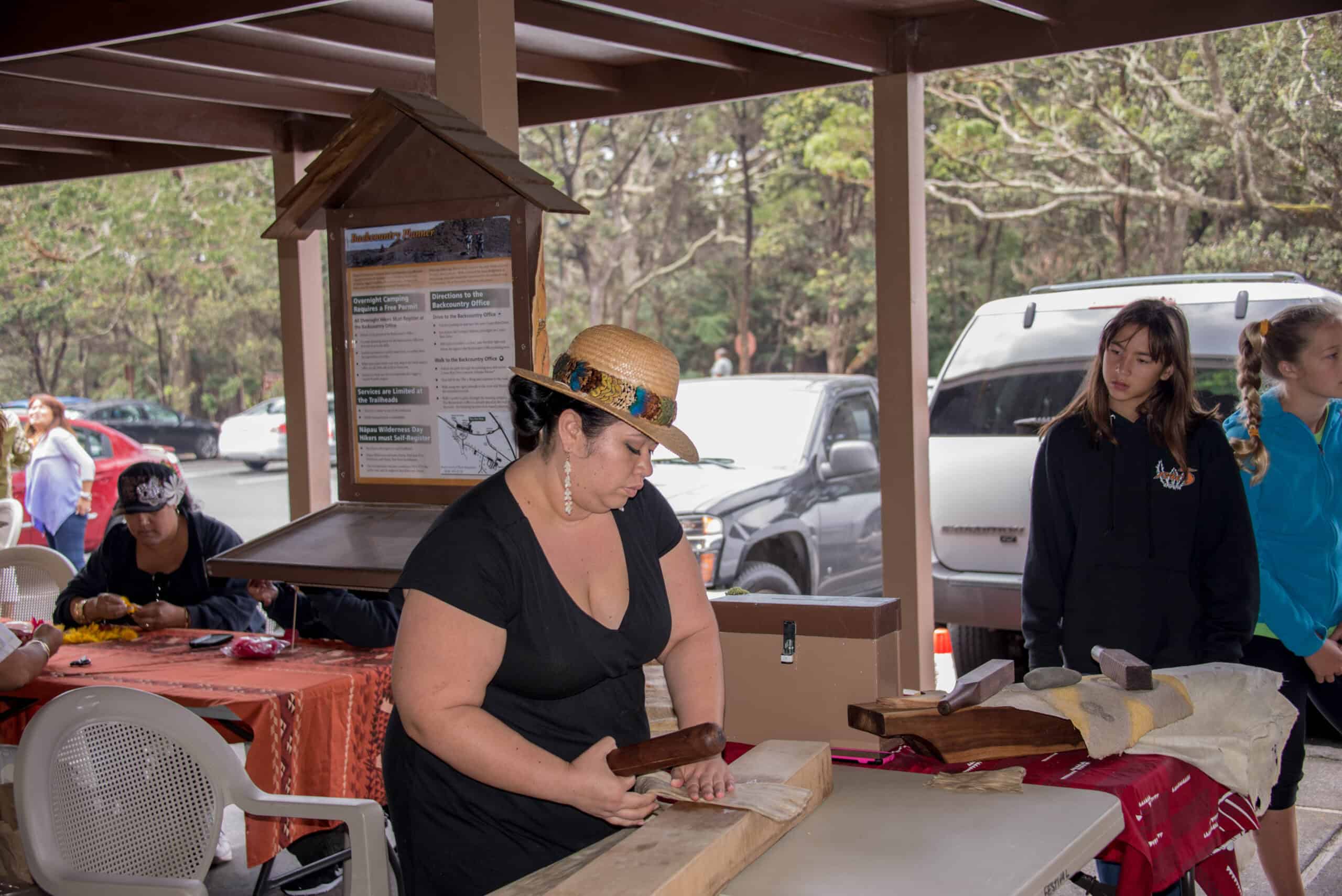
Kapa cloth is made from the bark of the wauke plant, carefully beaten and dyed by Hawaiian artisans. This cloth was traditionally used for clothing and ceremonial purposes. The patterns and designs on kapa cloth are unique to specific families and hold deep cultural significance. While industrial fabrics replaced its use, kapa making has seen a resurgence, with Hawaiian artisans reclaiming the tradition.
Canoe Building (Polynesian Tribes)
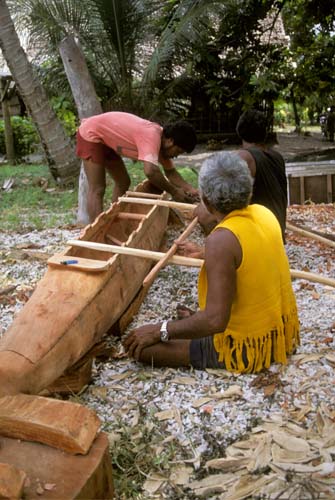
Polynesian canoe building is a highly skilled craft that has been passed down through generations. The canoes were used for long voyages across vast ocean distances. These vessels are made from natural materials and are a symbol of Polynesian innovation and navigation skills. The practice nearly disappeared, but today, tribes are teaching younger generations how to build and navigate these traditional canoes, keeping the ancient knowledge alive.
Traditional Weaving (Zapotec, Mexico)
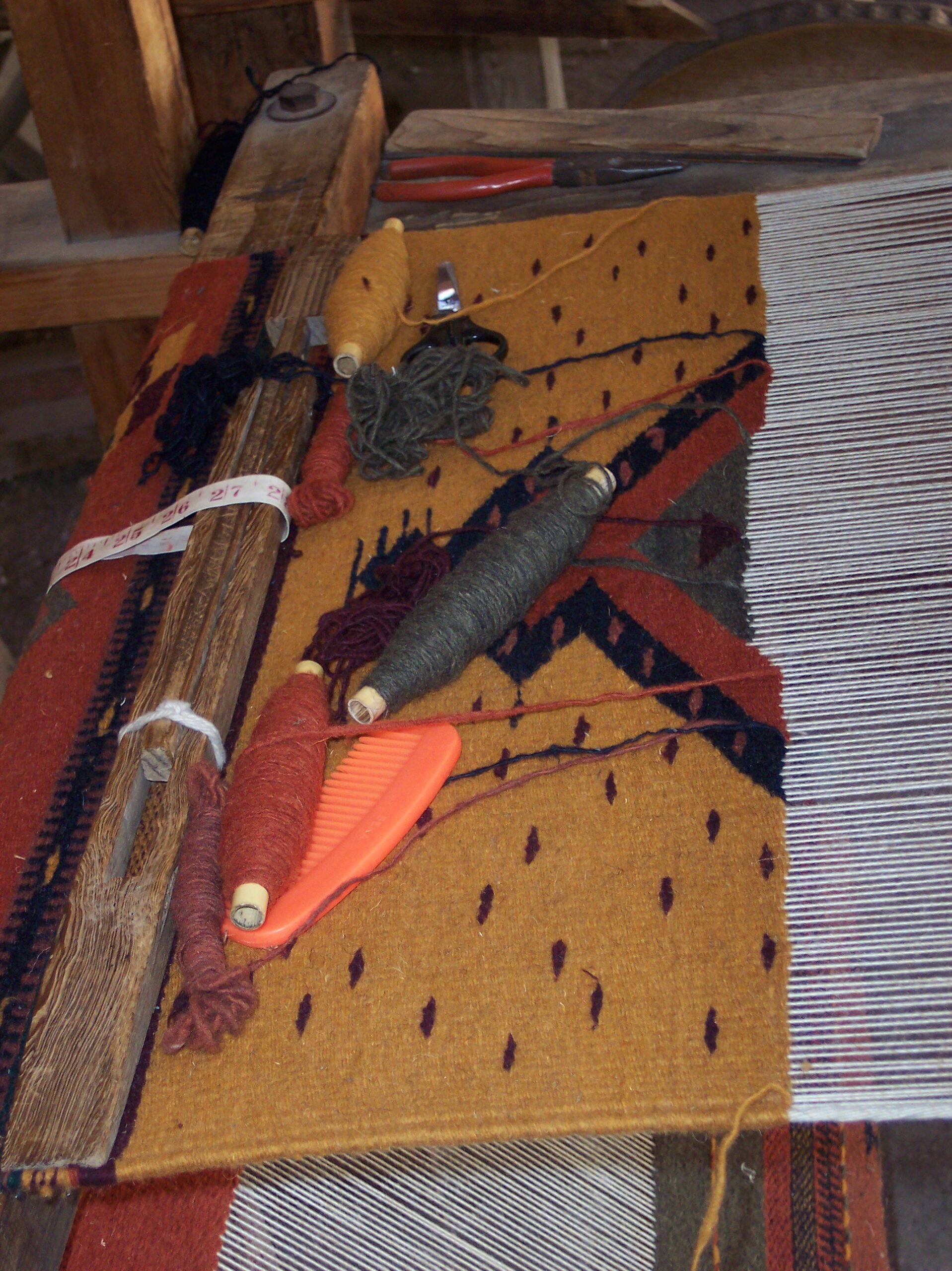
Zapotec weaving is a time-honored tradition in Oaxaca, Mexico. Artisans use natural fibers and dyes to create intricate textiles. Each piece reflects Zapotec mythology, culture, and daily life. Weaving was once a household practice, but modernity has diminished its role. However, dedicated artisans continue to teach younger generations, preserving their cultural identity through this craft.
Sami Reindeer Herding (Sami, Scandinavia)
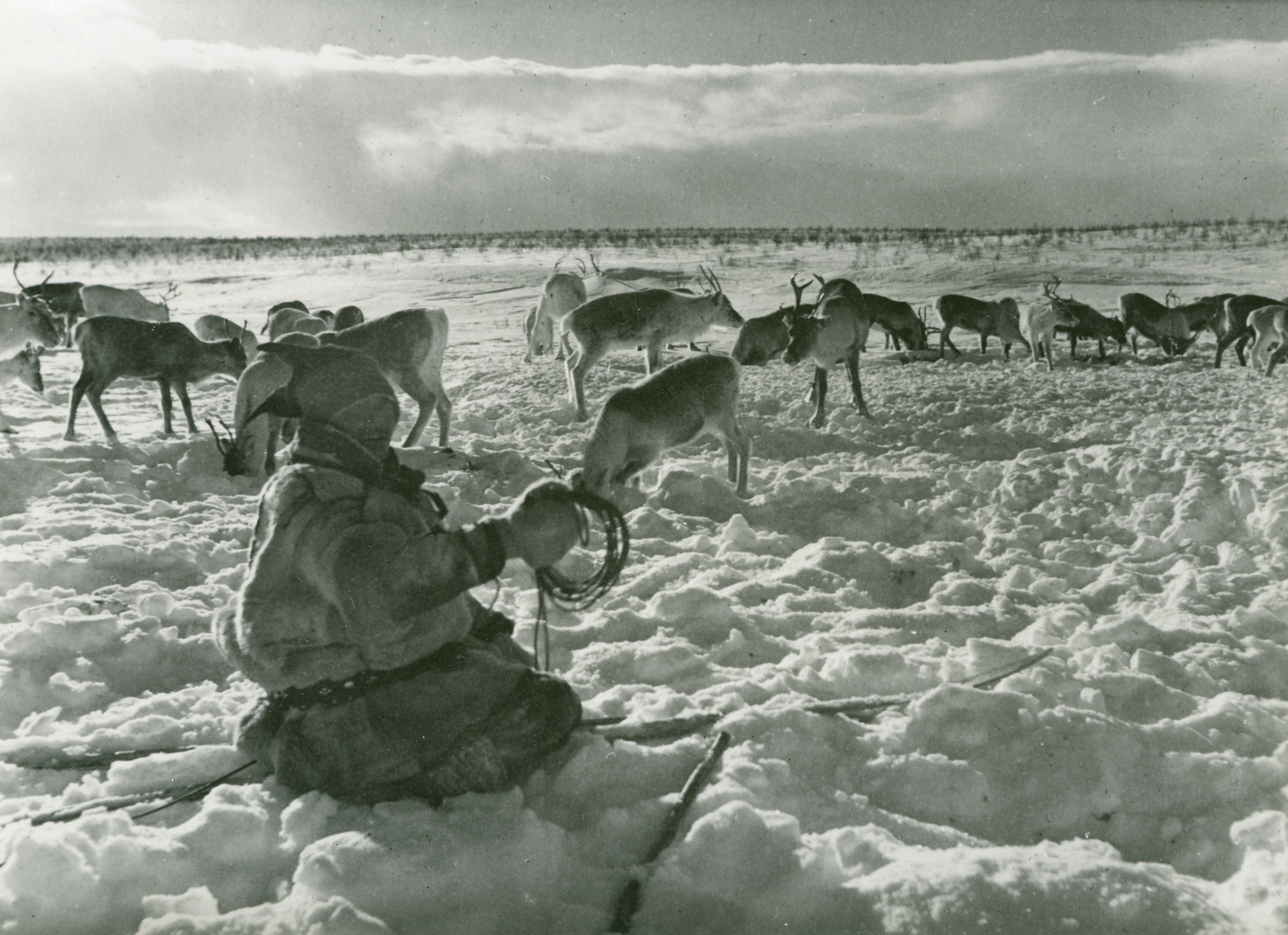
Reindeer herding is central to Sami culture in the northern regions of Scandinavia. The Sami have herded reindeer for centuries, relying on them for food, clothing, and transportation. This semi-nomadic lifestyle depends on a deep knowledge of the land and animals. Herding is threatened by land encroachment and climate change, but Sami communities continue to fight for their right to maintain this ancient way of life.
Spirit Dance Rituals (Māori, New Zealand)
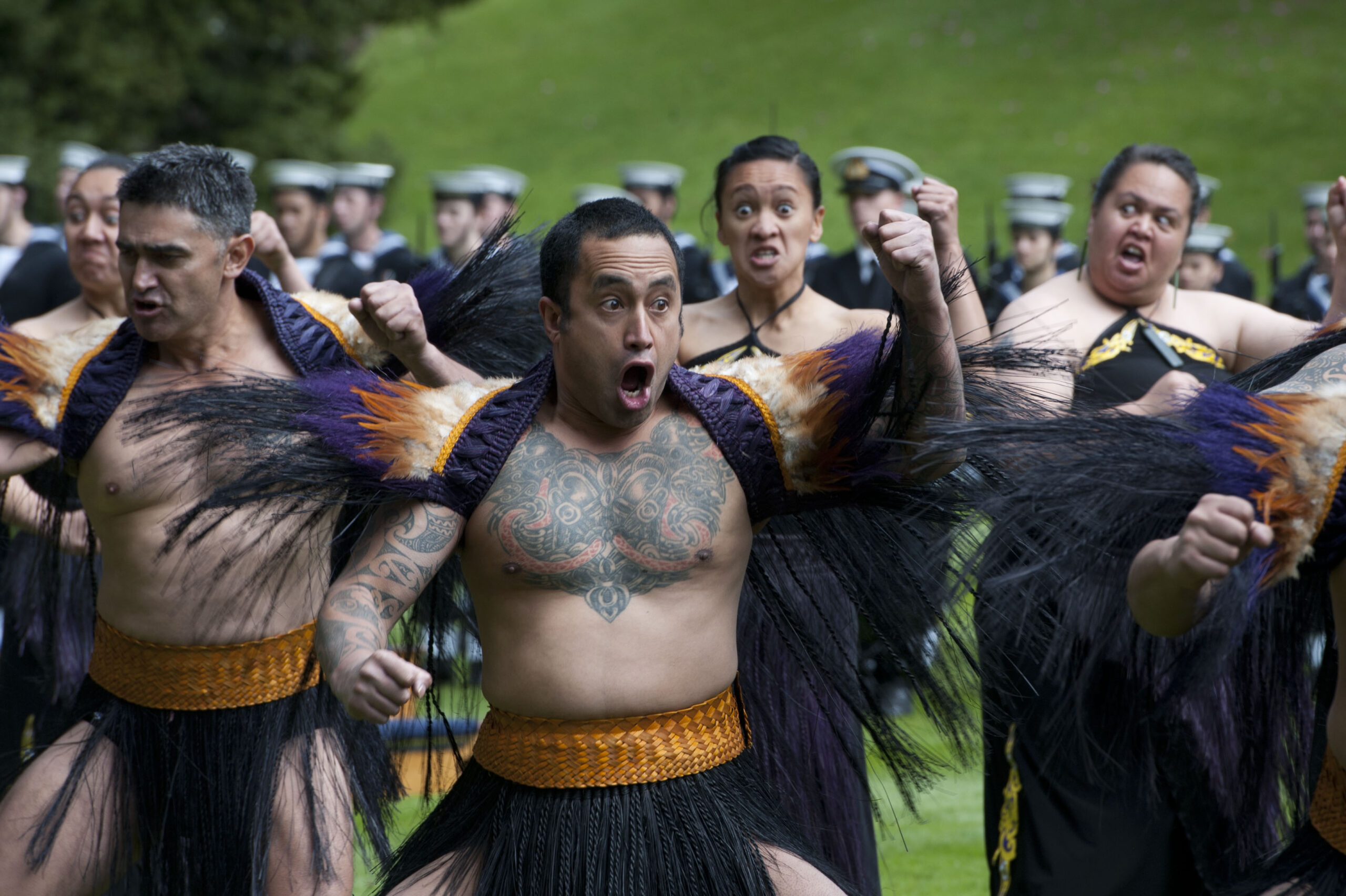
Māori spirit dance rituals, or kapa haka, are sacred performances involving chants, songs, and dances. Each movement and song tells stories of ancestors, battles, and natural forces. The dances, often performed in groups, create a powerful sense of unity. Spirit dances are integral to ceremonies, from welcoming guests to farewelling the dead. Efforts to preserve kapa haka include national competitions and passing knowledge to younger generations.
Totem Pole Carving (Tlingit, Pacific Northwest)
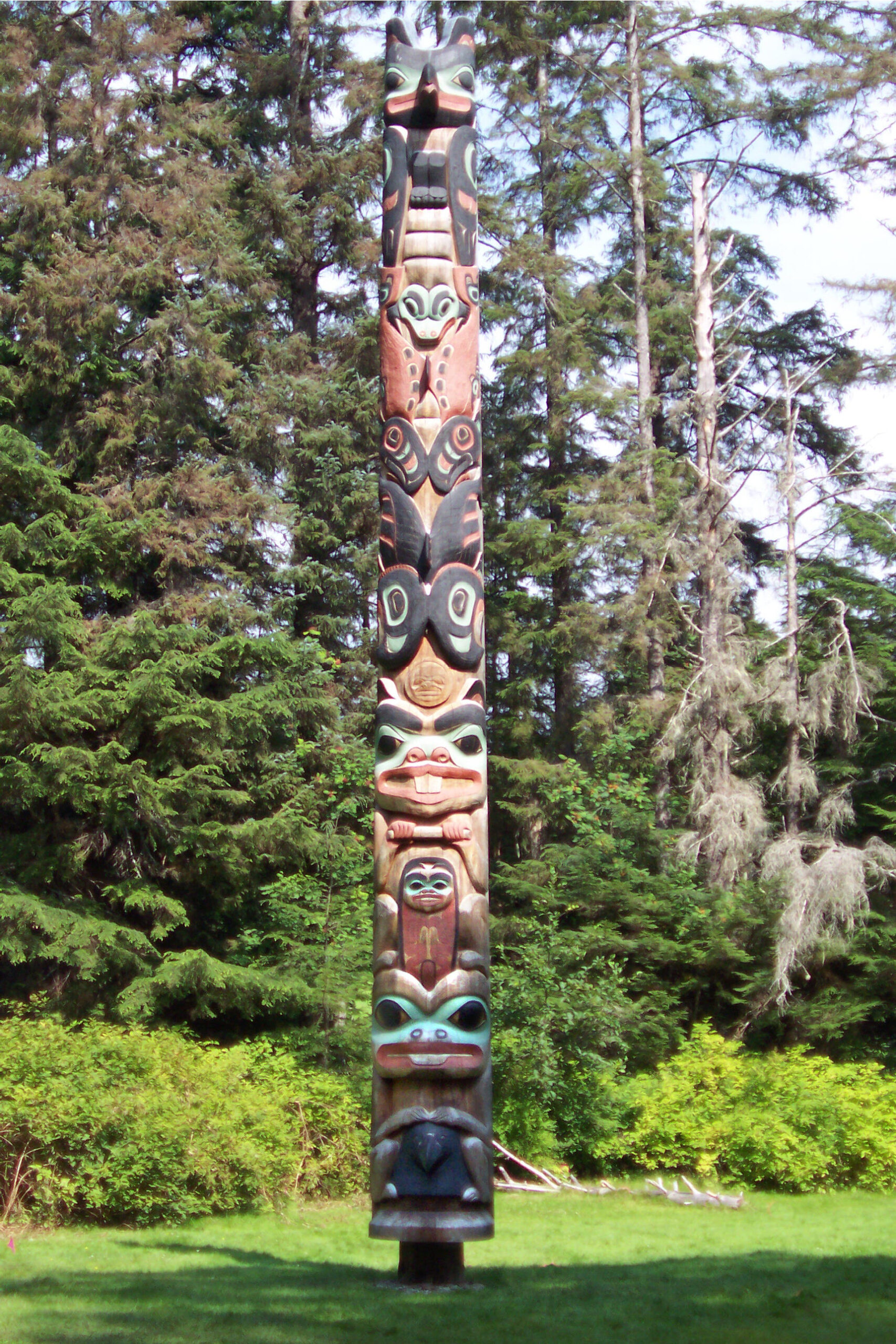
Totem pole carving is a revered practice among the Tlingit people of the Pacific Northwest. Each totem tells the story of a clan, representing animals, spirits, or ancestors. The poles are carved from massive trees, with every symbol carefully chosen to reflect cultural beliefs. Totem poles mark significant events, such as births, deaths, or alliances. Though the practice faced decline, modern carvers continue to honor this tradition, teaching it to apprentices.
Falconry (Kazakh Nomads, Central Asia)
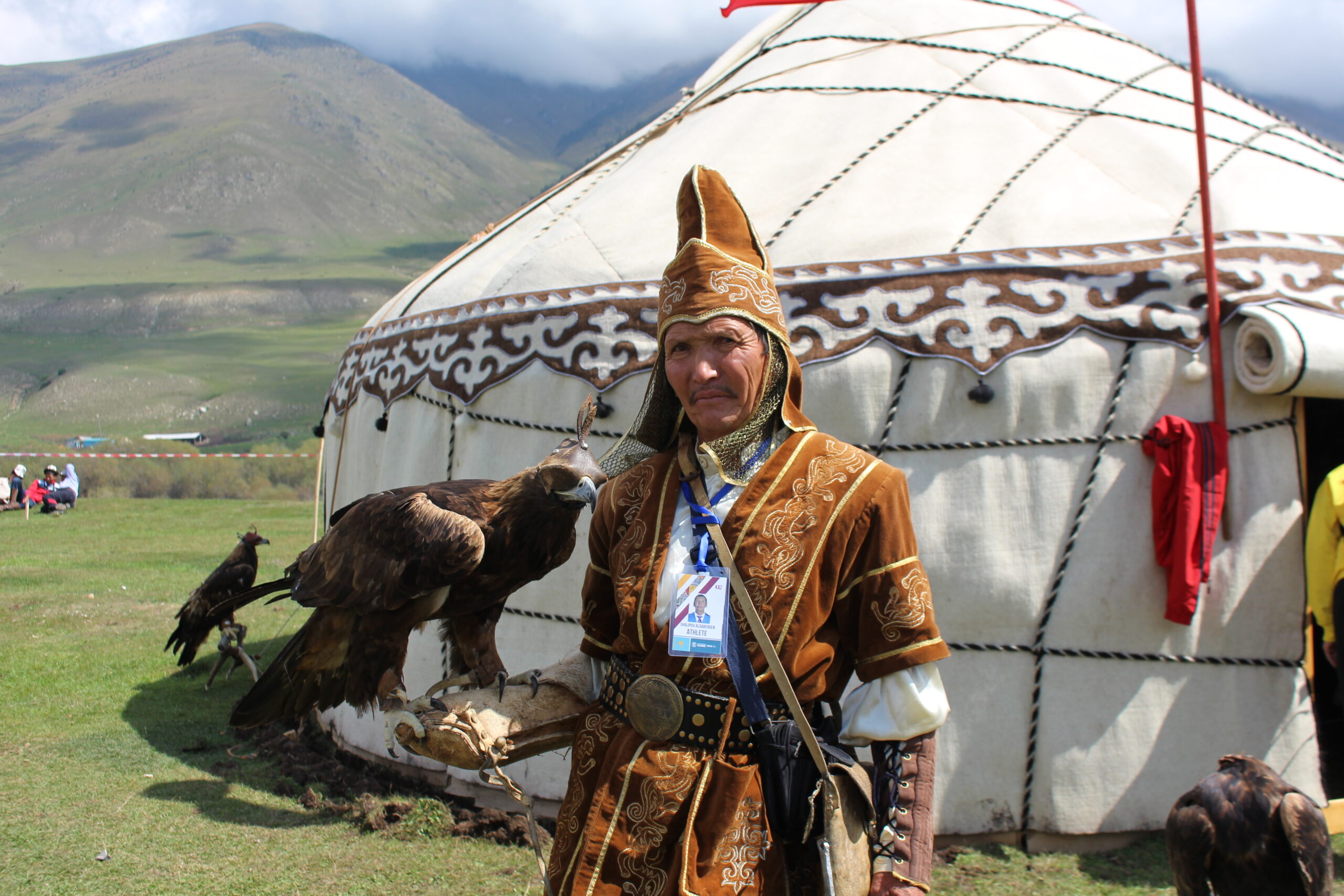
Falconry is a traditional practice of the Kazakh nomads, where trained birds of prey hunt alongside humans. Eagles, falcons, and hawks are taught to hunt for food in the rugged Central Asian mountains. The bond between hunter and bird is central to this practice, requiring years of training and trust. This ancient tradition remains alive, with Kazakh hunters continuing to teach it to their children. Festivals celebrating falconry have also contributed to its survival.
This article originally appeared on Rarest.org.
More from Rarest.org
1992 Lincoln Penny Value Guide

The 1992 Lincoln penny is made of 2.5% copper and 97.5% zinc. Like other US coins, most are now made of base metals. Read More.
1971 Eisenhower Silver Dollar Value Guide

At the beginning of the 1970s, the general public’s desire for a dollar coin was hardly discernible. Still, the gaming industry quickly realized that it needed to find a substitute for the silver dollars it had been using to fuel tens of thousands of slot machines. Read More.
1976 $2 Dollar Bill Value Guide

The $2 bill from 1976 features the portrait of the 3rd president of the United States, Thomas Jefferson. Read More.
